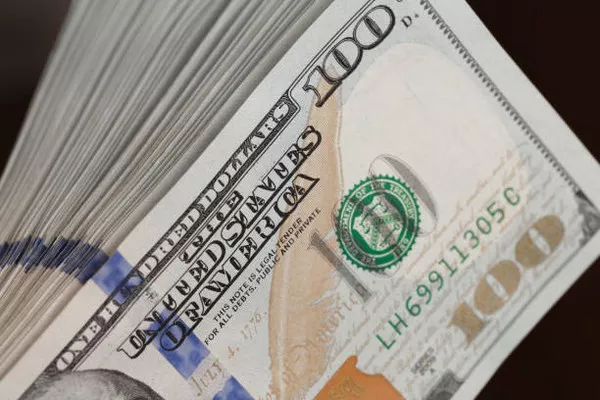The United States dollar (USD) holds a unique position in the global economy as the world’s primary reserve currency. Beyond its role within the borders of the United States, the USD also serves as the official or de facto currency in several other countries. This phenomenon, known as dollarization, has significant implications for global finance, trade, and economic stability. In this article, we will explore the extent of dollarization worldwide, examining the reasons behind its prevalence, its impact on economies, and the potential challenges it poses.
Understanding Dollarization:
Dollarization refers to the widespread use of the US dollar in a country’s economy, either alongside or instead of the domestic currency. There are two main forms of dollarization: official dollarization, where a country adopts the USD as its sole legal tender, and unofficial dollarization, where the USD circulates alongside the domestic currency without official recognition.
Countries Utilizing the US Dollar:
As of 2024, more than 20 countries and territories have adopted the US dollar as their official currency, while many others unofficially use it for transactions and savings. Among the nations with official dollarization are Ecuador, El Salvador, Panama, and Zimbabwe, each with its unique history and reasons for dollarizing.
Ecuador: In 2000, Ecuador faced a severe economic crisis, prompting the government to adopt the US dollar to stabilize prices and restore confidence in the financial system. Dollarization helped to curb hyperinflation and attract foreign investment, contributing to Ecuador’s economic recovery.
El Salvador: In June 2021, El Salvador made headlines by becoming the first country to adopt Bitcoin as legal tender alongside the US dollar. This move aimed to promote financial inclusion and facilitate remittances, as a significant portion of the population relies on remittance payments from abroad, primarily in USD.
Panama: Since 1904, Panama has used the US dollar as its official currency, a legacy of its close ties to the United States, particularly due to the construction and operation of the Panama Canal. Dollarization has provided stability and facilitated trade, making Panama a key financial hub in the region.
Zimbabwe: Facing hyperinflation and economic instability, Zimbabwe abandoned its own currency in 2009 and adopted a multi-currency system, with the US dollar as the primary medium of exchange. Dollarization helped to rein in inflation and stabilize prices, although it also posed challenges in terms of monetary policy flexibility.
Reasons for Dollarization:
The decision to adopt the US dollar as a national currency is often driven by economic and political considerations. Some of the primary reasons for dollarization include:
Economic Stability: Dollarization can help to stabilize prices, reduce inflationary pressures, and enhance investor confidence, particularly in countries with a history of currency crises and financial instability.
Trade and Investment: Using a widely accepted and stable currency like the US dollar can facilitate international trade and attract foreign investment, as it eliminates exchange rate risks and uncertainties for businesses and investors.
Financial Integration: Dollarization can promote financial integration with the global economy, providing access to international capital markets and lowering borrowing costs for governments and businesses.
Remittances: In countries heavily reliant on remittance inflows, adopting the US dollar can simplify transactions and reduce costs for recipients, as many remittances are denominated in USD.
Impact of Dollarization:
While dollarization offers certain benefits, it also poses challenges and risks for economies:
Loss of Monetary Policy Autonomy: Countries that adopt the US dollar forfeit control over their monetary policy, as they cannot independently adjust interest rates or manipulate the money supply to address domestic economic conditions.
Vulnerability to External Shocks: Dollarized economies are more susceptible to external economic shocks, such as fluctuations in the value of the US dollar, changes in US monetary policy, or global financial crises.
Dollar Dependency: Overreliance on the US dollar can create dependencies and vulnerabilities in the domestic economy, limiting diversification and potentially exposing countries to geopolitical risks.
Financial Dollarization: In addition to currency dollarization, many countries also experience financial dollarization, where a significant portion of bank deposits and loans are denominated in USD. Financial dollarization can exacerbate vulnerabilities in the banking system and increase the risk of currency mismatches.
See also What Happens When Dollar Rises? A Closer Look
Conclusion:
The widespread use of the US dollar outside the United States reflects its status as a global reserve currency and highlights the interconnectedness of the world economy. While dollarization offers benefits such as economic stability and financial integration, it also poses challenges in terms of monetary policy autonomy and vulnerability to external shocks. As the global economy evolves, policymakers in dollarized countries must carefully weigh the costs and benefits of dollarization while pursuing strategies to mitigate its potential risks.


